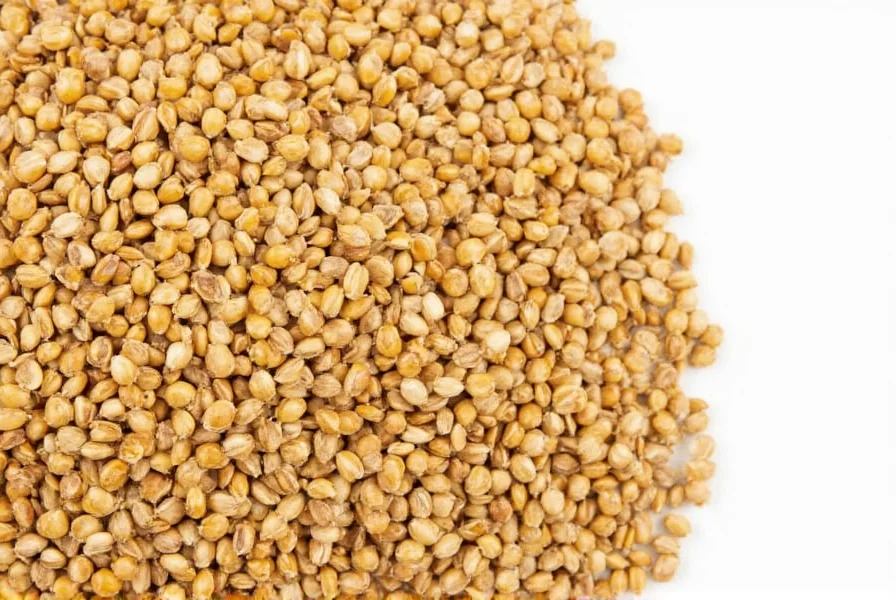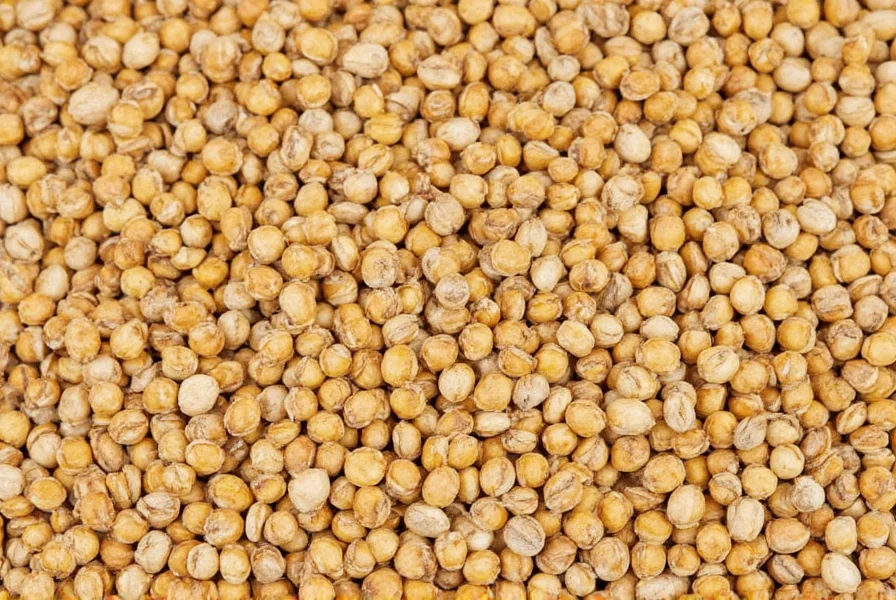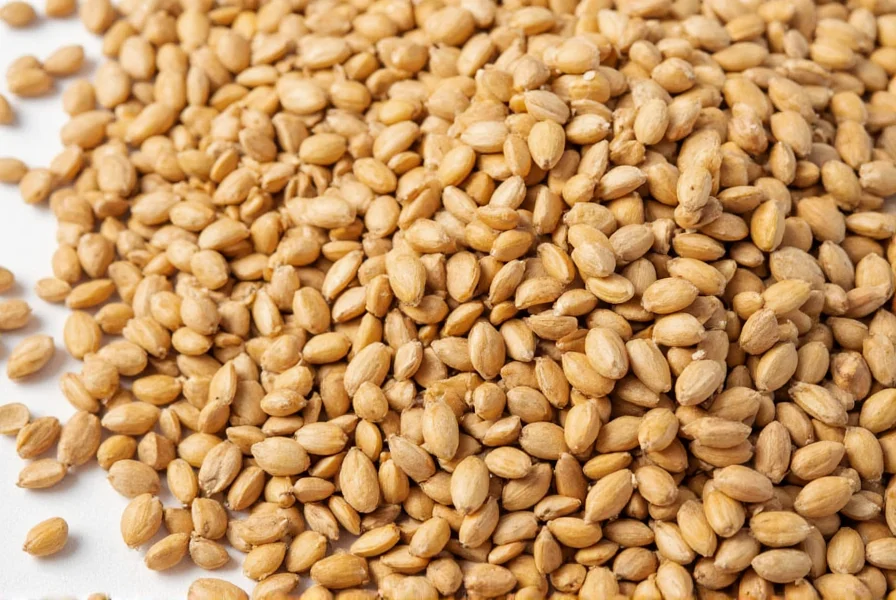Fenugreek seeds represent one of the oldest cultivated medicinal plants, with archaeological evidence dating their use back to ancient Egyptian and Babylonian civilizations. These small, rhomboid-shaped seeds pack a remarkable nutritional profile that has sustained their relevance across millennia of culinary and therapeutic applications.
Botanical Background and Global Cultivation
Fenugreek (Trigonella foenum-graecum) belongs to the Fabaceae family and grows as an annual herb reaching 30-60 cm in height. Native to the Mediterranean region and Southern Asia, it's now cultivated extensively in India, which produces over 80% of the world's supply. The plant features trifoliate leaves, white flowers, and seed pods containing 10-20 small, hard seeds that range from yellowish to amber in color.
Two primary varieties exist: methi (used in Indian cuisine) and helba (common in Middle Eastern cooking). While often confused with cumin seeds, fenugreek seeds have a unique chemical composition that gives them their characteristic aroma and therapeutic properties.
Nutritional Composition of Fenugreek Seeds
The impressive health benefits of fenugreek seeds stem from their rich nutritional matrix. Per 100 grams, they contain:
| Nutrient | Amount | Significance |
|---|---|---|
| Dietary Fiber | 24.6g | Supports digestive health and blood sugar regulation |
| Protein | 23g | Complete plant-based protein source |
| Iron | 33.5mg | Essential for oxygen transport and energy metabolism |
| Magnesium | 191mg | Supports over 300 enzymatic reactions in the body |
| Fenugreekine | Active compound | Contributes to blood sugar management properties |
What makes fenugreek seeds particularly valuable is their unique blend of bioactive compounds including saponins, flavonoids, and the alkaloid trigonelline, which work synergistically to deliver their health-promoting effects.

Culinary Applications Across Global Cuisines
Understanding how to use fenugreek seeds in cooking reveals their versatility across culinary traditions. In Indian cuisine, they're a fundamental component of curry powders and pickles, while in Egyptian cooking, they feature in helba drinks. Ethiopian cuisine incorporates them into berbere spice blends, and Jewish culinary tradition uses them in hilbeh dip.
For optimal flavor development, consider these preparation methods:
- Dry roasting: Enhances nutty flavor while reducing bitterness (3-5 minutes in dry pan)
- Soaking: Reduces bitterness for culinary applications (6-12 hours)
- Sprouting: Increases enzymatic activity and nutrient bioavailability
- Grinding: Creates fine powder for spice blends and medicinal preparations
Chefs specializing in traditional Indian cooking often recommend combining fenugreek seeds with mustard seeds and cumin for tadka (tempering), which releases their essential oils and creates complex flavor profiles.
Evidence-Based Health Benefits of Fenugreek Seeds
Modern research has begun validating many traditional uses of fenugreek seeds. Clinical studies indicate several evidence-supported benefits:
Blood Sugar Management
A 2022 meta-analysis published in the Journal of Ethnopharmacology concluded that fenugreek seed consumption significantly improved fasting blood glucose and HbA1c levels in individuals with type 2 diabetes. The high fiber content and presence of 4-hydroxyisoleucine appear to slow carbohydrate digestion and enhance insulin sensitivity.
Lactation Support
Multiple studies, including research in the International Breastfeeding Journal, have documented increased milk production in nursing mothers consuming fenugreek seed supplements. While the exact mechanism remains under investigation, galactagogue properties appear connected to diosgenin content.
Anti-Inflammatory Properties
The saponins and flavonoids in fenugreek seeds demonstrate significant anti-inflammatory effects in laboratory studies. Research suggests potential applications for managing inflammatory conditions, though more human trials are needed to confirm therapeutic dosages.

Practical Usage Guidelines
For those incorporating fenugreek seeds into their routine, proper preparation methods significantly impact both flavor and potential benefits. Here's how to maximize their value:
For Culinary Use
Dry roasting transforms fenugreek seeds from bitter to nutty. Heat in a skillet over medium heat for 3-5 minutes until fragrant and slightly darker. This technique works particularly well for Indian curry preparations where fenugreek seeds feature in tempering.
For Medicinal Applications
Traditional preparations include:
- Fenugreek tea: Steep 1 teaspoon of seeds in 8oz boiling water for 10 minutes
- Seed paste: Soak 1 tablespoon seeds overnight, blend into paste for topical application
- Supplementation: Standardized extracts typically provide 500-600mg doses
Safety Considerations and Potential Side Effects
While generally safe when consumed in food amounts, fenugreek seeds may cause:
- Digestive discomfort at high doses (more than 50g daily)
- Maple syrup-like body odor (harmless but noticeable)
- Potential interactions with blood-thinning medications
- Hypoglycemia risk when combined with diabetes medications
Pregnant women should avoid medicinal quantities as fenugreek may stimulate uterine contractions. Individuals with peanut or chickpea allergies should exercise caution due to potential cross-reactivity.
Storage Recommendations for Maximum Freshness
To preserve the volatile oils responsible for fenugreek seeds' distinctive aroma and therapeutic properties, store them properly:
- Keep in airtight container away from light and moisture
- Whole seeds maintain quality for 12-18 months
- Ground fenugreek loses potency within 6 months
- Refrigeration extends shelf life significantly
When selecting fenugreek seeds, look for uniform golden-brown color without dark spots, which indicate age or improper storage. Fresh seeds should have a pronounced maple-like aroma when crushed.
Conclusion: Integrating Fenugreek Seeds Thoughtfully
Fenugreek seeds represent a remarkable intersection of culinary tradition and potential health benefits. Their versatility across global cuisines and evidence-supported applications for blood sugar management and lactation support make them valuable additions to many diets. As with any potent botanical, understanding proper preparation methods, appropriate dosages, and potential considerations ensures safe and effective incorporation into daily routines. Whether used as a culinary spice or for targeted health applications, fenugreek seeds continue to earn their place as one of nature's most versatile botanical treasures.
Frequently Asked Questions
What's the recommended daily amount of fenugreek seeds for health benefits?
For general health benefits, 1-2 teaspoons (5-10g) of soaked or roasted fenugreek seeds daily provides sufficient bioactive compounds without risk of side effects. Clinical studies on blood sugar management typically use 2-5g of powdered seeds daily, while lactation support protocols often recommend 500-1000mg of standardized extract three times daily. Always consult with a healthcare provider before using fenugreek seeds medicinally, especially if managing health conditions or taking medications.
Can fenugreek seeds help with hair growth when applied topically?
Traditional Ayurvedic medicine has long used fenugreek seed paste for scalp health. The seeds contain proteins and nicotinic acid that may support hair follicle health. To prepare a hair treatment, soak 2-3 tablespoons of seeds overnight, blend into a paste, and apply to the scalp for 30-60 minutes before washing. While anecdotal evidence suggests benefits for reducing hair fall and improving shine, scientific research specifically on fenugreek seeds for hair growth remains limited. Results typically appear after consistent use over 2-3 months.
How do I reduce the bitterness of fenugreek seeds when cooking?
The bitterness of fenugreek seeds can be effectively managed through proper preparation. Dry roasting in a skillet for 3-5 minutes until fragrant significantly reduces bitterness while enhancing nutty flavors. Soaking seeds in water for 6-12 hours before use also diminishes bitterness. In Indian cooking, chefs often combine fenugreek seeds with complementary spices like turmeric, cumin, and coriander to balance flavors. For those sensitive to bitterness, starting with small amounts (1/4 teaspoon per serving) and gradually increasing as your palate adjusts is recommended.
Are there differences between fenugreek seeds and methi seeds?
Fenugreek seeds and methi seeds are identical—"methi" is simply the Hindi and Urdu word for fenugreek. The confusion sometimes arises because "methi" can refer to both the seeds and the fresh leaves of the fenugreek plant. When recipes specify "methi seeds," they're referring to the dried fenugreek seeds. The fresh leaves are called "methi ka saag" or "fresh fenugreek leaves." Both forms have similar nutritional profiles, though the seeds contain higher concentrations of certain bioactive compounds compared to the leaves.
Can fenugreek seeds interact with diabetes medications?
Yes, fenugreek seeds may interact with diabetes medications due to their blood sugar-lowering effects. The soluble fiber and 4-hydroxyisoleucine in fenugreek can enhance insulin sensitivity and slow carbohydrate absorption. If you're taking insulin or oral hypoglycemic agents, consuming fenugreek seeds medicinally could potentially cause hypoglycemia. Monitoring blood glucose levels closely and consulting with your healthcare provider before incorporating fenugreek seeds into your routine is essential. Culinary amounts (less than 1 teaspoon daily) typically pose minimal risk, but medicinal doses require professional guidance.











 浙公网安备
33010002000092号
浙公网安备
33010002000092号 浙B2-20120091-4
浙B2-20120091-4